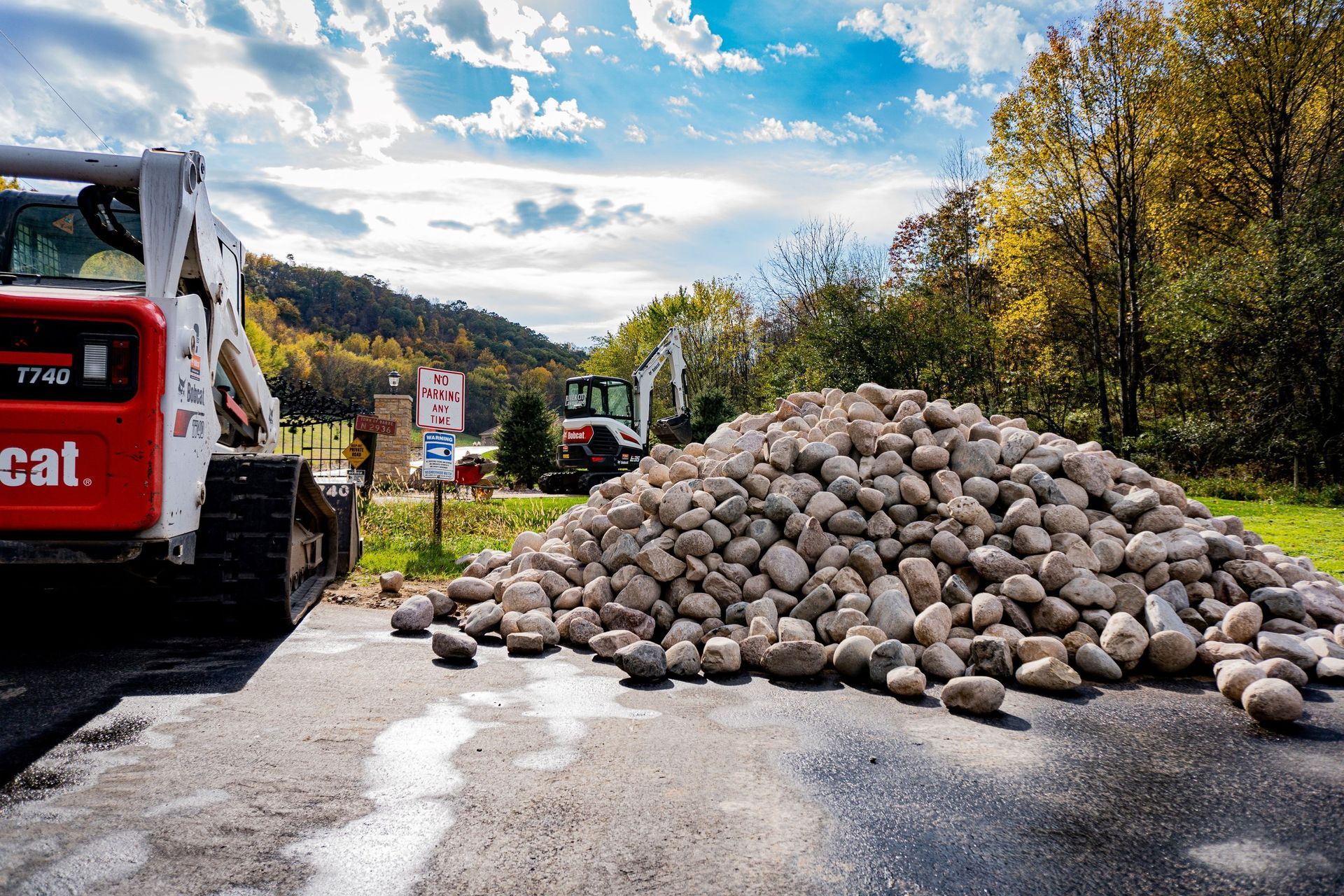Why Bull Rock Is the Best Stone for Drainage and Erosion Control
TLDR:
Bull rock is the best stone for drainage and erosion control because of its large size, natural rounded shape, and high permeability, which allow water to pass through easily while preventing soil displacement. It’s durable, low maintenance, and ideal for stabilizing landscapes prone to water runoff.
Bull Rock Drainage: The Stone That Stops Erosion Naturally
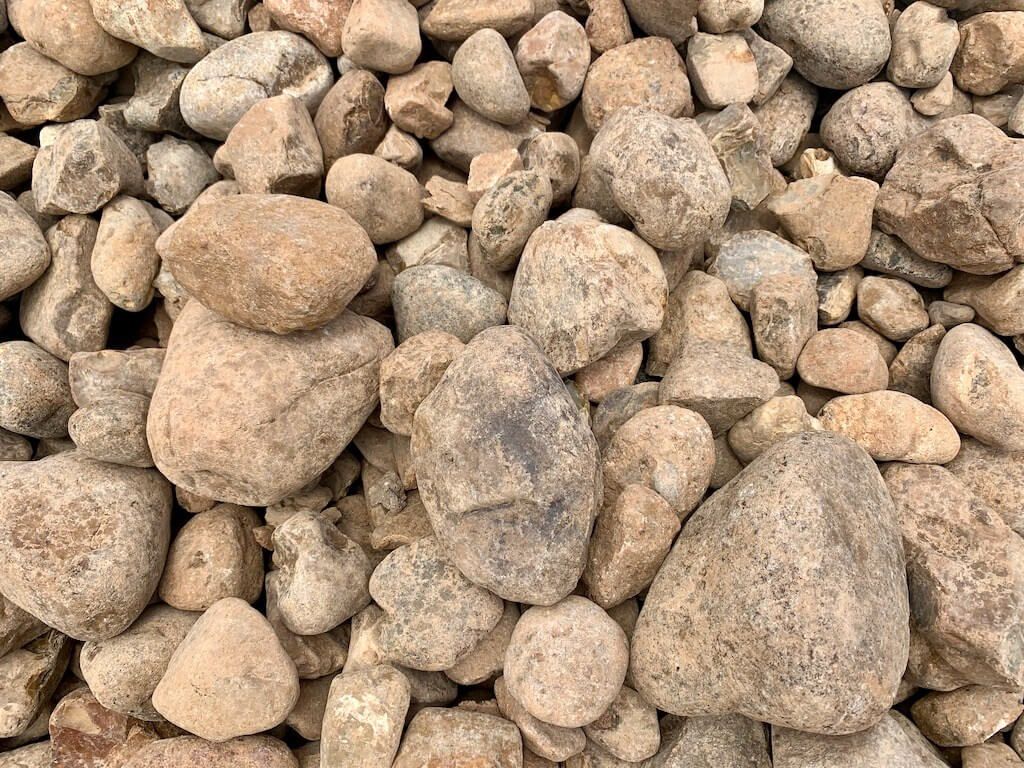
If you're looking for a stone that not only improves drainage but also controls erosion with long-term reliability, bull rock is your best option. Its unique physical characteristics — rounded, heavy, and porous — make it ideal for reducing runoff and maintaining soil stability.
Homeowners, contractors, and civil engineers alike turn to Bullrock Supply Co for high-quality bull rock that outperforms crushed gravel, riprap, and other alternatives in both residential and commercial applications.
What Is Bull Rock?
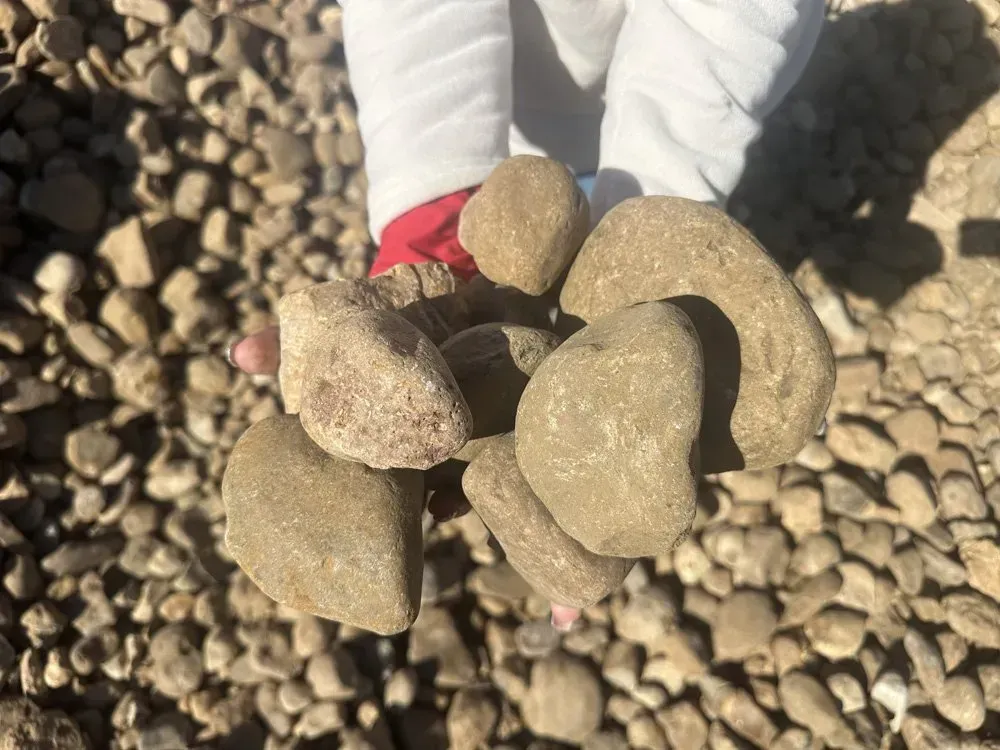
Bull rock is a naturally rounded, multi-colored stone typically 2 to 5 inches in size.
- Sourced from riverbeds
- Naturally smoothed and weathered over time
- Common colors: tan, brown, cream, gray
These stones are large enough not to wash away, yet porous enough to allow water to pass through. Unlike crushed stone, bull rock doesn't compact, which helps prevent flooding and standing water.
Origin:
Formed over centuries in riverbeds, bull rock is rounded due to continuous tumbling in water. This geological formation gives it both strength and aesthetic appeal.
Common Uses:
- Foundation drainage
- Swales and dry creek beds
- Landscaping accents
- Driveway borders
- Erosion-prone slopes
How Bull Rock Works for Drainage and Erosion Control
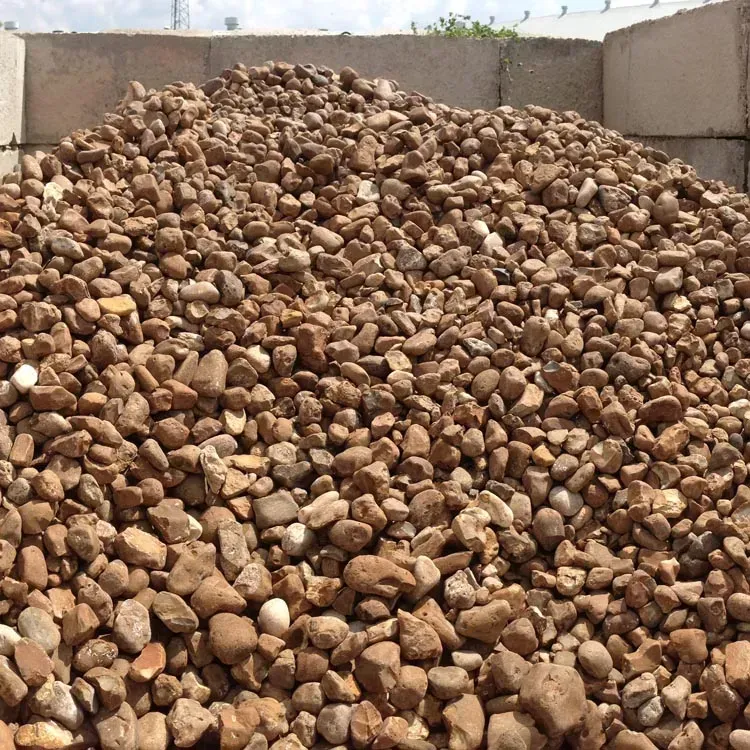
Gravity and Interlocking Strength
Bull rock stays in place.
Its weight and natural shape help it resist being moved by heavy water flow. When layered correctly, the stones interlock, slowing down water velocity and reducing the chance of erosion.
Struggling With Drainage or Erosion Problems?
Call today to speak with a local materials expert!
Porosity and Water Percolation
- Water seeps through the gaps between stones
- Reduces surface runoff
- Prevents pooling around foundations
Unlike compacted gravel or topsoil, bull rock keeps drainage flowing without creating back pressure or soil washout.
Resistant to Washout
Due to its size and mass, bull rock is less likely to be displaced during storms or floods — a common issue with smaller stones or mulch.
This makes it a reliable choice in drainage ditches, creek beds, and high-velocity water zones.
Bull Rock vs Other Drainage Stones
| Feature | Bull Rock | Crushed Limestone | Riprap | Gravel |
|---|---|---|---|---|
| Size | 2–5 inches | 1–2 inches | 6–12 inches | <1 inch |
| Shape | Rounded | Angular | Angular | Angular |
| Water Flow | High Permeability | Moderate | Low | Low |
| Movement Risk | Low | Moderate | Low | High |
| Cost/Yard | $80–85 | $50–60 | $90–100 | $45–55 |
Why Bull Rock Wins:
- Easier to install than riprap
- More durable and attractive than gravel
- Better infiltration than crushed limestone
- Requires less maintenance over time
Bull Rock for Swales, Foundations, and More
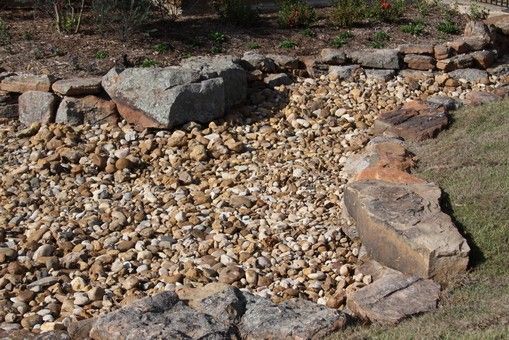
Dry Creek Beds & Swales
Bull rock is perfect for artificial creek beds and swales, channeling rainwater through the landscape.
- Creates natural drainage pathways
- Prevents erosion in sloped yards
- Enhances curb appeal
Foundation Drainage
Placed around a home’s foundation, bull rock helps control water movement and keeps moisture away from structures.
- Protects against foundation cracking
- Minimizes hydrostatic pressure
- Works well with French drains
Driveways and Construction Entrances
Contractors love bull rock for building stable entrances.
- Withstands vehicle traffic
- Prevents sediment runoff onto public roads
- Long-lasting alternative to crushed gravel
Gabion Baskets & Riparian Zones
Bull rock fits well into gabion baskets for slope stabilization. It also supports riverbanks and ponds where erosion is a serious concern.
Bull Rock Installation Steps
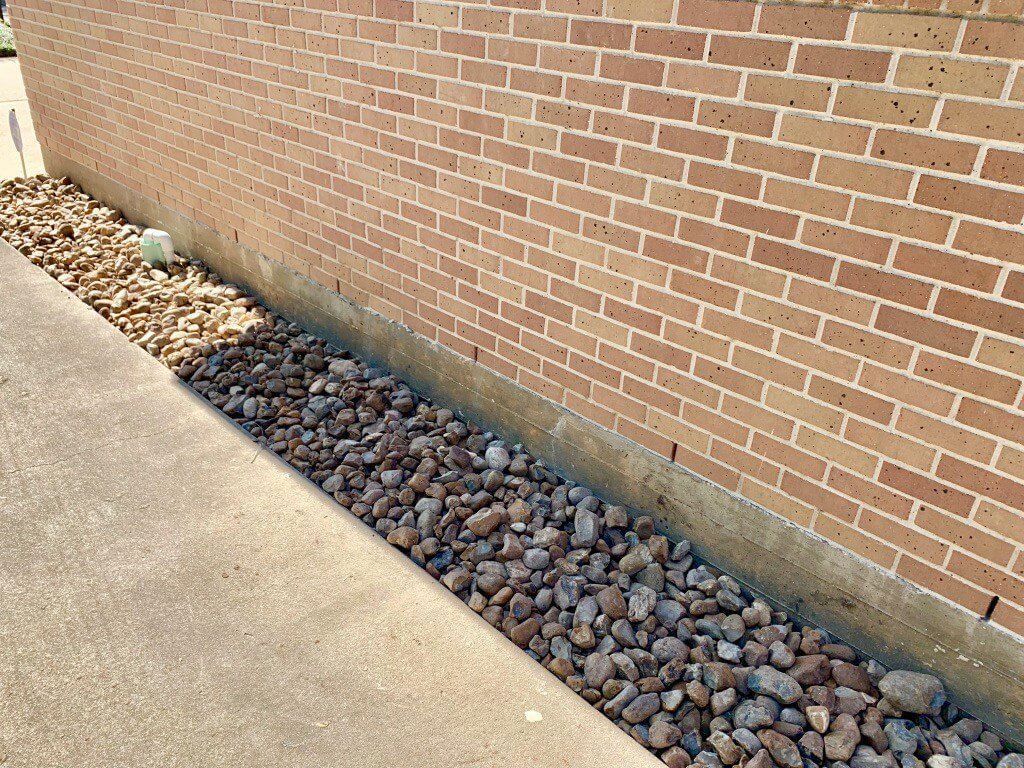
Preparing the Base
- Clear vegetation and topsoil
- Level the ground with a 1–2% slope for water flow
- Compact the soil base
Landscape Fabric is a Must
- Always place a geotextile or landscape fabric underneath
- Prevents weed growth
- Stops soil from clogging rock gaps
- Reduces long-term maintenance
Laying Bull Rock
- Use at least a 4-inch layer for light drainage
- Use 6–12 inches for heavy runoff or erosion zones
- Tamp lightly or drive over to settle
- Edge with metal, wood, or concrete to keep in place
Technical Advantages for Erosion Engineering
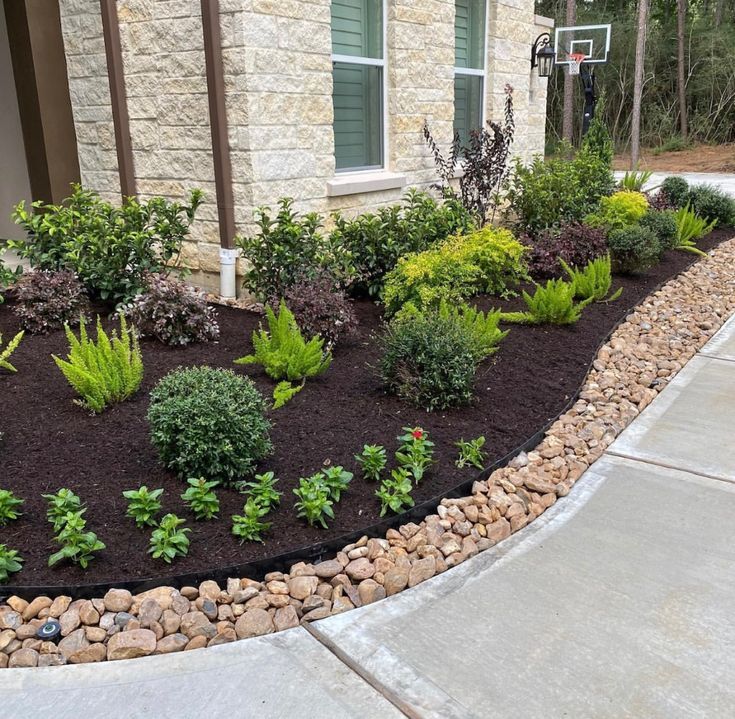
Bull rock meets many drainage and erosion control specs used in public infrastructure.
- Shear Resistance: Withstands moderate flow velocities
- Tractive Stress: Maintains slope stability
- Channel Lining: Ideal for flexible lining systems in natural creeks
Compared to riprap or engineered concrete, bull rock offers a more natural appearance with similar strength in most low to moderate flow applications.
Struggling With Drainage or Erosion Problems?
Call today to speak with a local materials expert!
Environmental and Structural Benefits
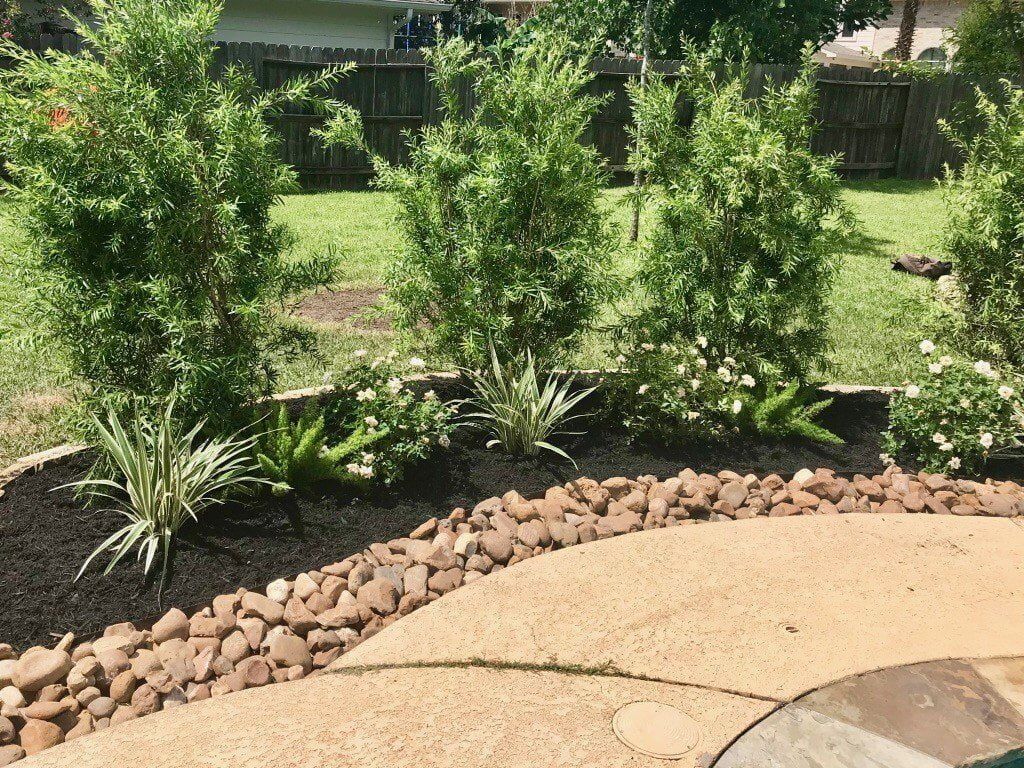
Bull rock offers an eco-friendly erosion solution.
- Reduces soil sediment in stormwater
- Prevents habitat disruption when used properly
- Doesn’t release harmful chemicals
- Blends into the natural environment
Versus Riprap:
Riprap is bulkier, harder to install, and can damage wildlife habitats if overused. Bull rock provides a softer impact while maintaining structural function.
Cost and Where to Buy Bull Rock
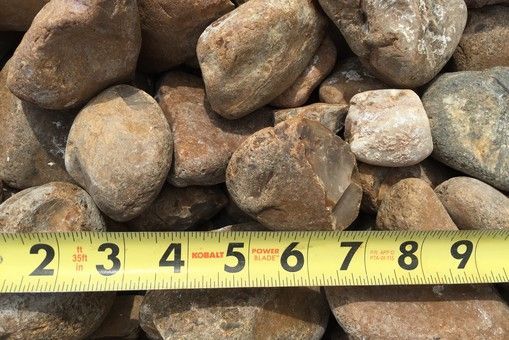
Average Cost:
- $80–85 per cubic yard (varies by region)
- Lower per-ton cost than riprap
- Can cover ~100 sq. ft. at 3–4" depth—use our tool to
Estimate Bull Rock Needs before ordering.
Where to Buy:
Bullrock Supply Co is the leading supplier of bull rock for residential and commercial drainage projects.
- Bulk and delivery options available
- Consistent quality from trusted riverbed sources
- Contractor pricing and volume discounts
Struggling With Drainage or Erosion Problems?
Call today to speak with a local materials expert!
Maintaining Bull Rock Drainage Systems
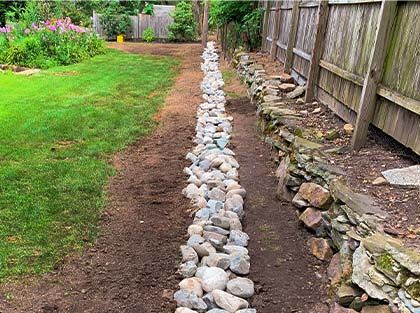
Keep It Flowing
- Rake out leaves or debris monthly
- Re-level displaced stones after storms
- Inspect fabric edges and replace as needed
Bull rock rarely needs replacing if installed correctly. With minor seasonal upkeep, it can last 20+ years without degrading.
Why Bull Rock is the Best Stone for Erosion Control
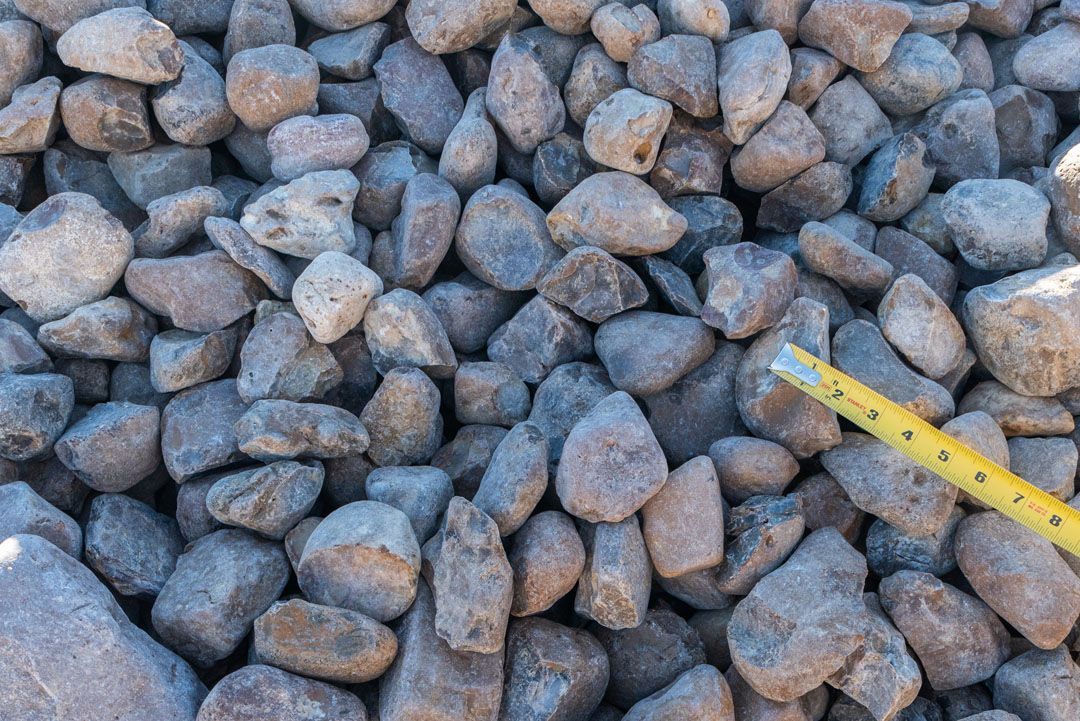
Bull rock is the most versatile, low-maintenance, and effective stone for drainage and erosion control.
It blends performance with aesthetics, requires minimal upkeep, and adapts to nearly any drainage need — from residential landscapes to commercial infrastructure.
Ready to Get Started?
Order premium bull rock from
Bullrock Supply Co today — your trusted supplier for all erosion control and drainage projects.
Frequently Asked Questions (FAQ)
